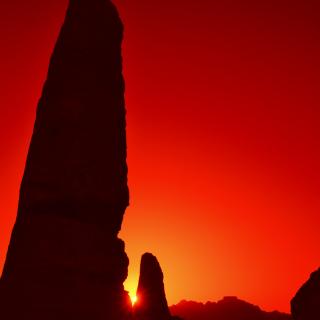Belmonte, J. A.; González–García, A. C.; Polcaro, A.
Bibliographical reference
Nexus Network Journal, Volume 15, Issue 3, pp 487-501
Advertised on:
12
2013
Refereed citations
0
Description
A statistical analysis of the orientation of Nabatean sacred monuments demonstrates that astronomical orientations were often part of an elaborated plan and possibly a trace of the astral nature of the Nabataean religion. Petra and other monuments in the ancient Nabataean kingdom have proven to be marvellous laboratories for the interaction between landscape features and astronomical events, showing impressive hierophanies on particular monuments related to cultic times and worships. Among other findings, the famous Ad Deir has shown a fascinating ensemble of light and shadow effects, perhaps connected with the bulk of Nabataean mythology, while from the impressive Urn Tomb, a series of suggestive solstitial and equinoctial alignments emanate which might have lately helped its selection as the cathedral of the city. This paper demonstrates that the sky was a substantial element in Nabataean religion and reveals new evidence for cultic worship centred on the celestial sphere.
Related projects

Archaeoastronomy
The main objective of this project is to study the importance of astronomy as a fundamental part of human culture and civilization from Paleolithic to the present day. Our interest is mainly devoted to the people of the ancient Mediterranean cultures from the Atlantic to the Middle East, with a special dedication to Spain, its geographical
Juan Antonio
Belmonte Avilés